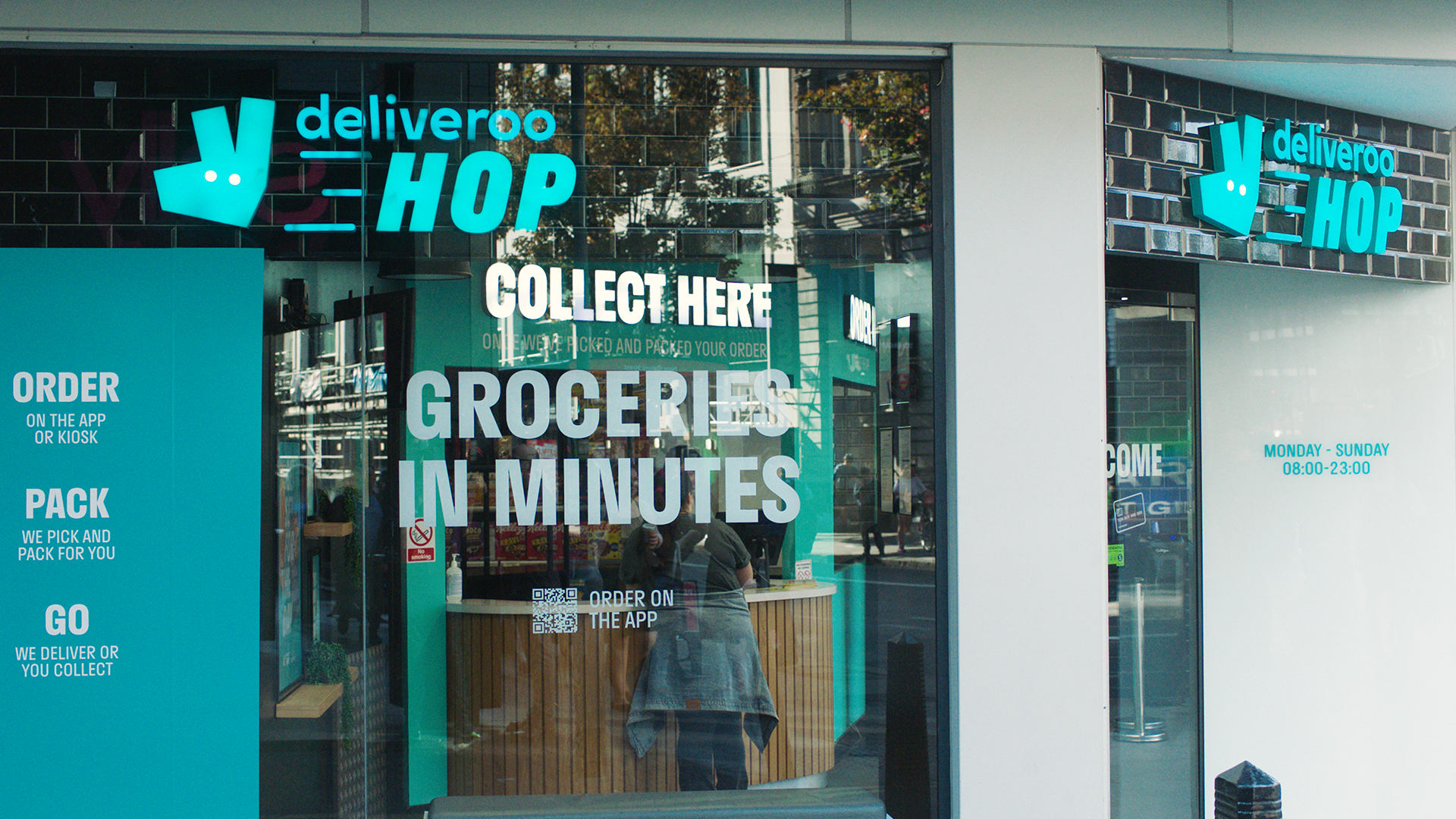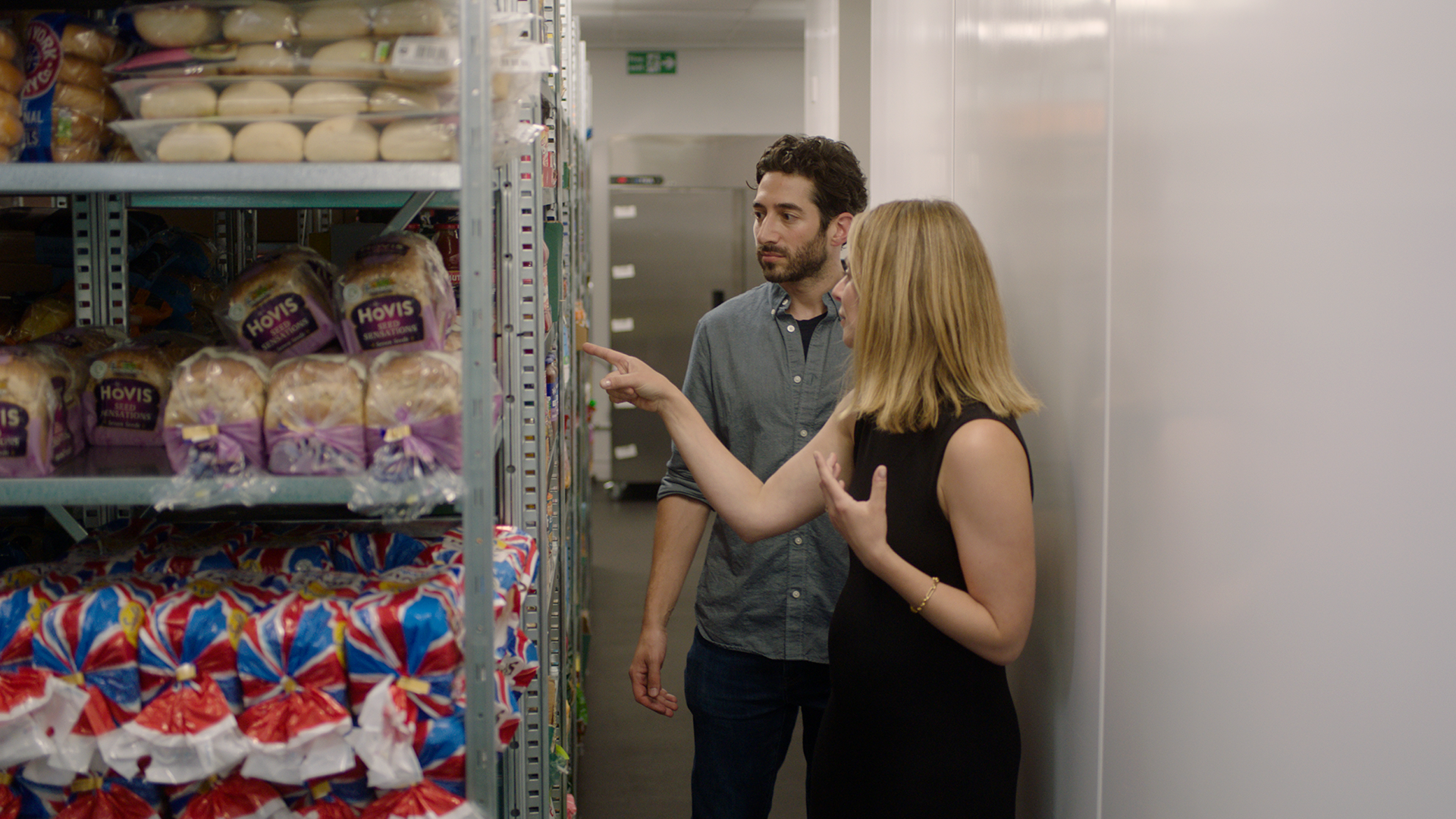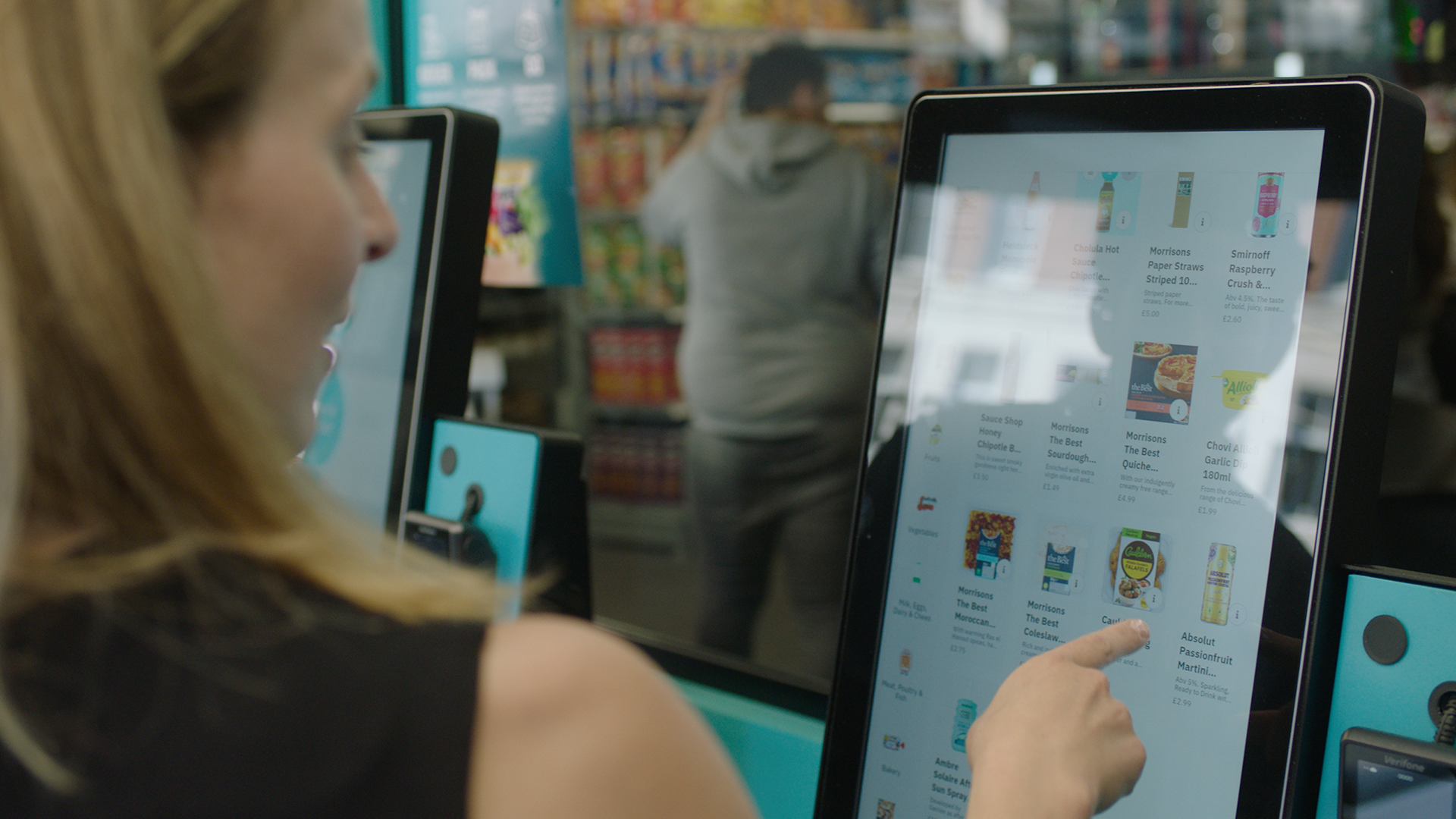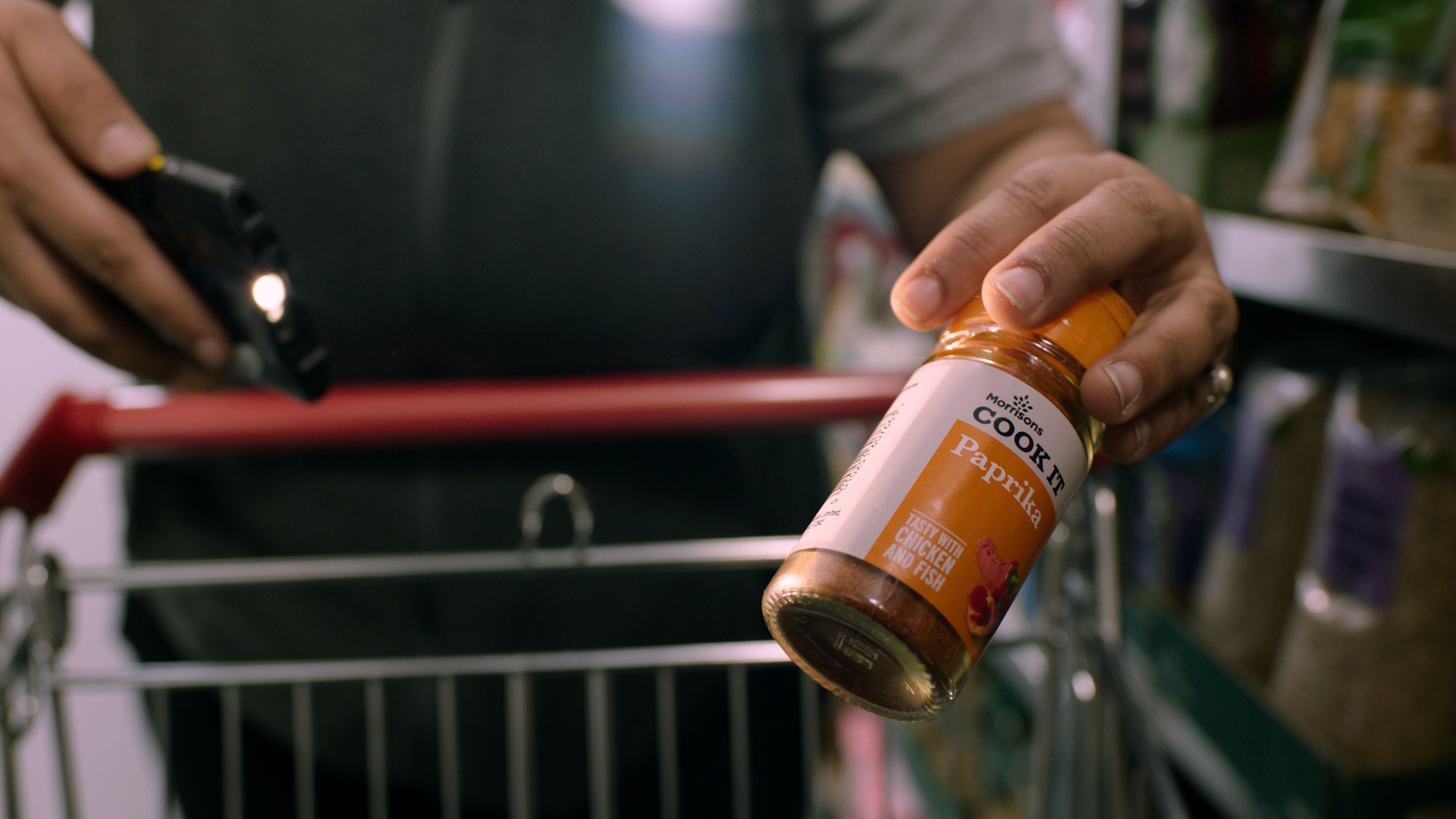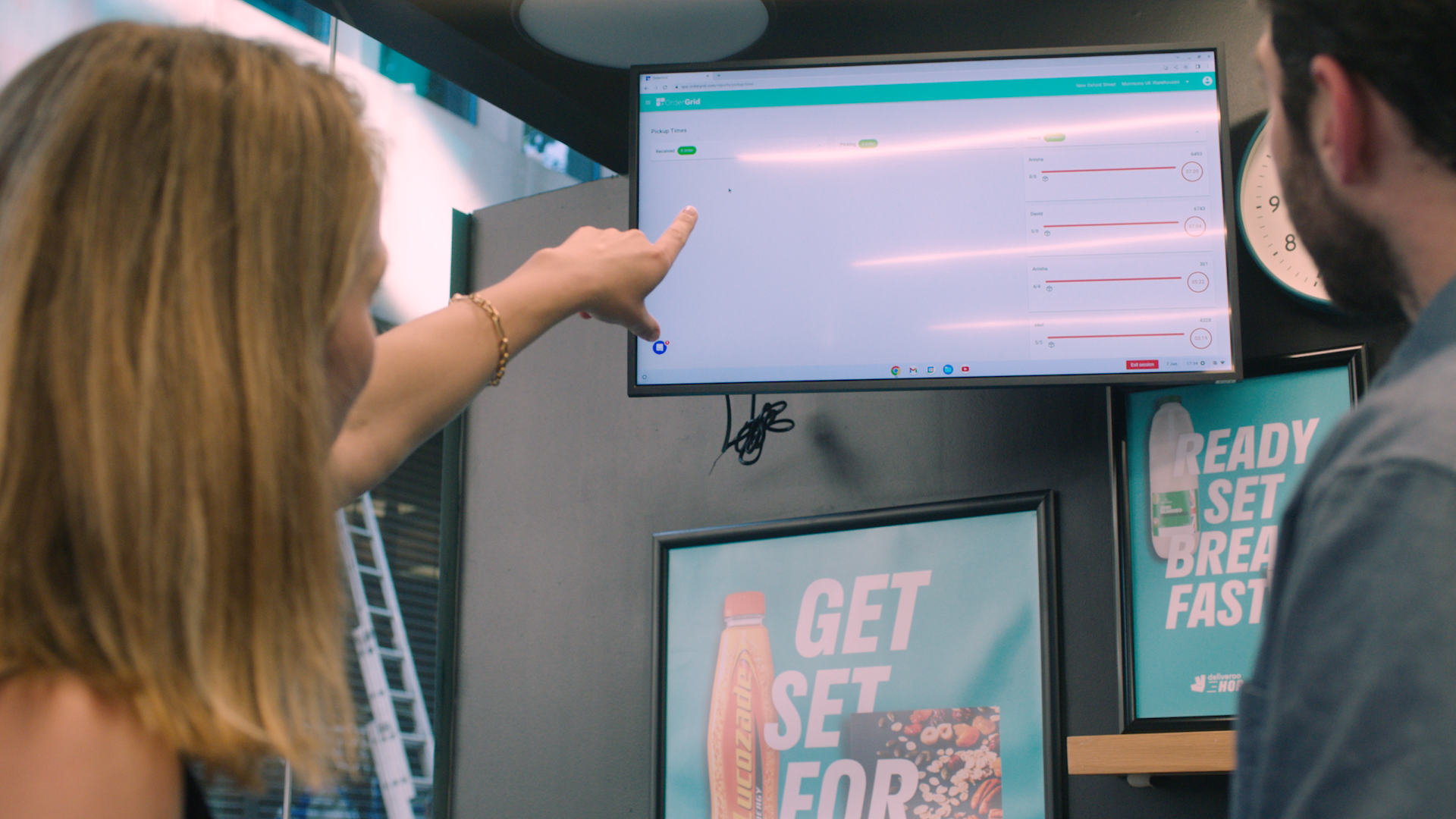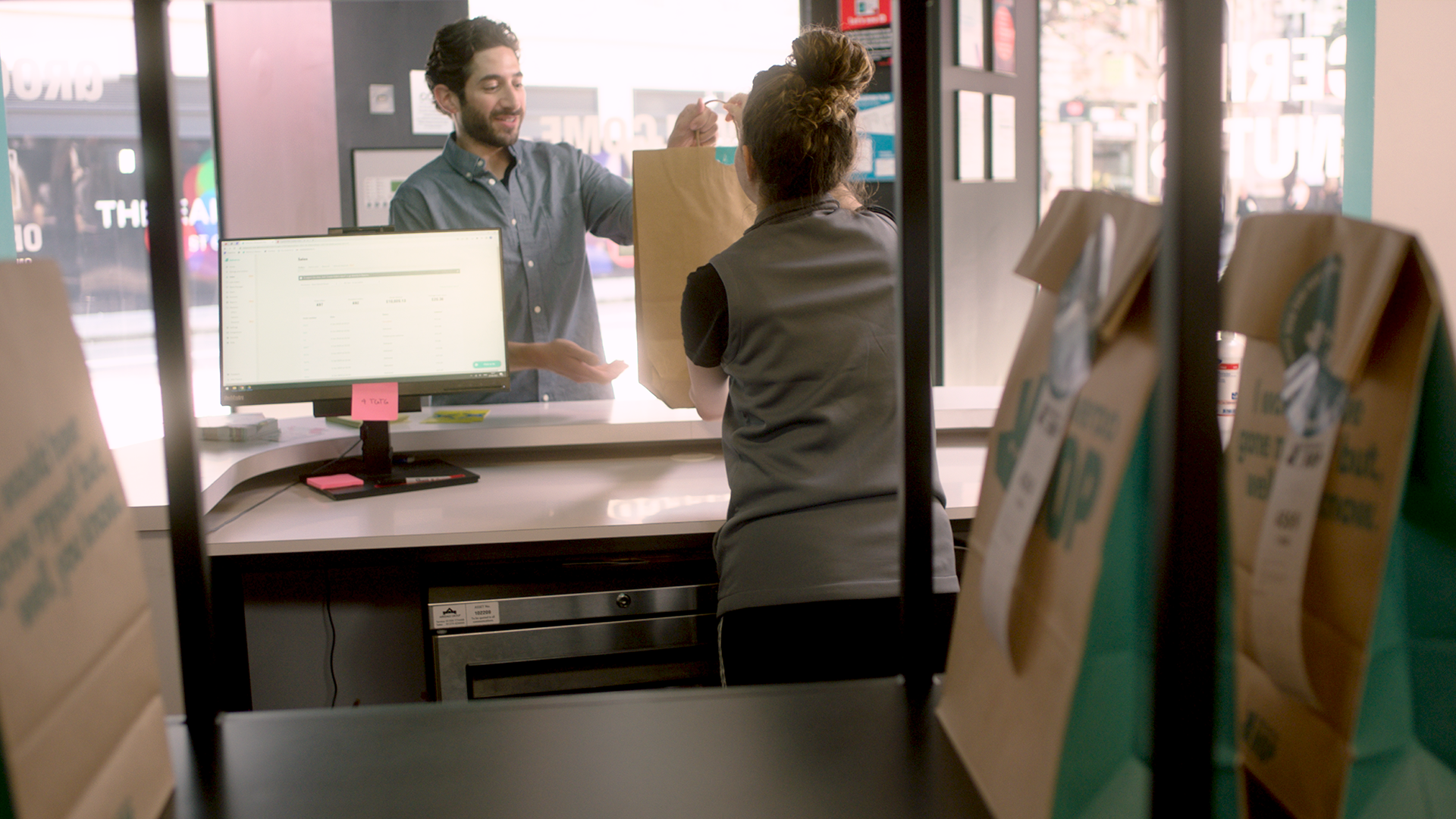Over 179,000 restaurants and grocery partners. More than 150,000 Riders globally. How does Deliveroo approach rapid logistics, AI and machine learning, and data-driven thinking? We visited Deliveroo HQ and got a behind-the-scenes look at the complexity involved when it comes to delivering your favorite burger.
The Zero100 Community is hungry for a supply chain case study on AI, and I'm always hungry for a burger, so I visited Deliveroo’s global headquarters to get a serving of both. Speaking with operations leaders, we delved into logistics technology and also went behind the scenes at a Deliveroo HOP site.
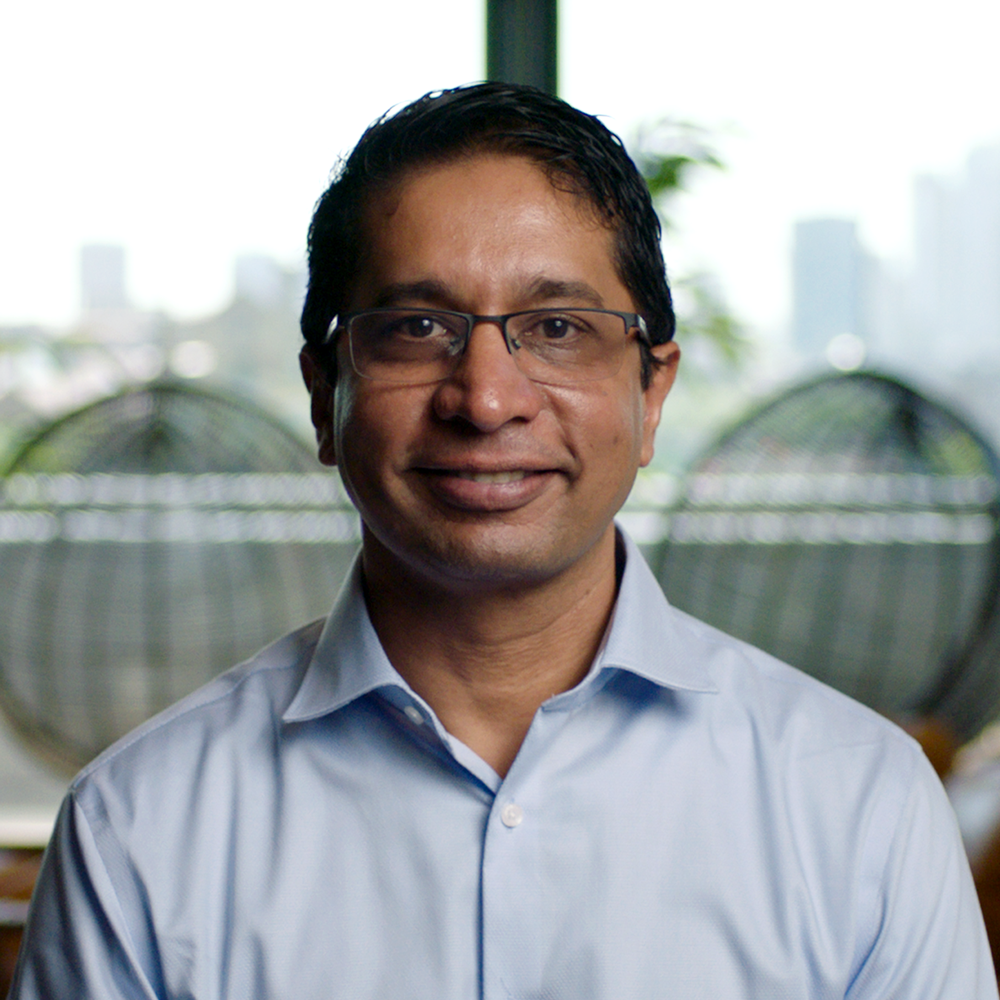
My host for the day was Devesh Mishra, Deliveroo’s Chief Product & Technology Officer and a Zero100 Board Member.
He explained how Deliveroo operates a three-sided marketplace bringing together partners (restaurant and grocery who prepare the food), Riders (who deliver the food), and customers (who eat the food).
The Deliveroo Marketplace
-
299M
Customer Orders in 2022
-
179K
Restaurant & Grocery Partners
-
150K
Riders
Deliveroo has over 179,000 partners and more than 150,000 Riders across ten global markets; the size and complexity of the food delivery marketplace mean that technology is critical when it comes to operating efficiently. The vast amount of data collected generates a prime application for machine learning to optimize elements across the value chain.
The team at Deliveroo shared three key insights: (1) how to utilize machine learning to optimize logistics, (2) how to experiment with partnerships to increase data visibility, and (3) how to build a culture of experimentation and data-driven problem-solving. While their edge is in logistics, there are lessons here for supply chain leaders across functions and industries.
ESTIMATES AND ECONOMICS
What happens behind the app for every order
The biggest challenge and opportunity for Deliveroo is how they manage their marketplace.
One of the most interesting components is their self-employed Riders, who have the freedom to accept or reject any order making use of insights from Deliveroo’s models and algorithms.
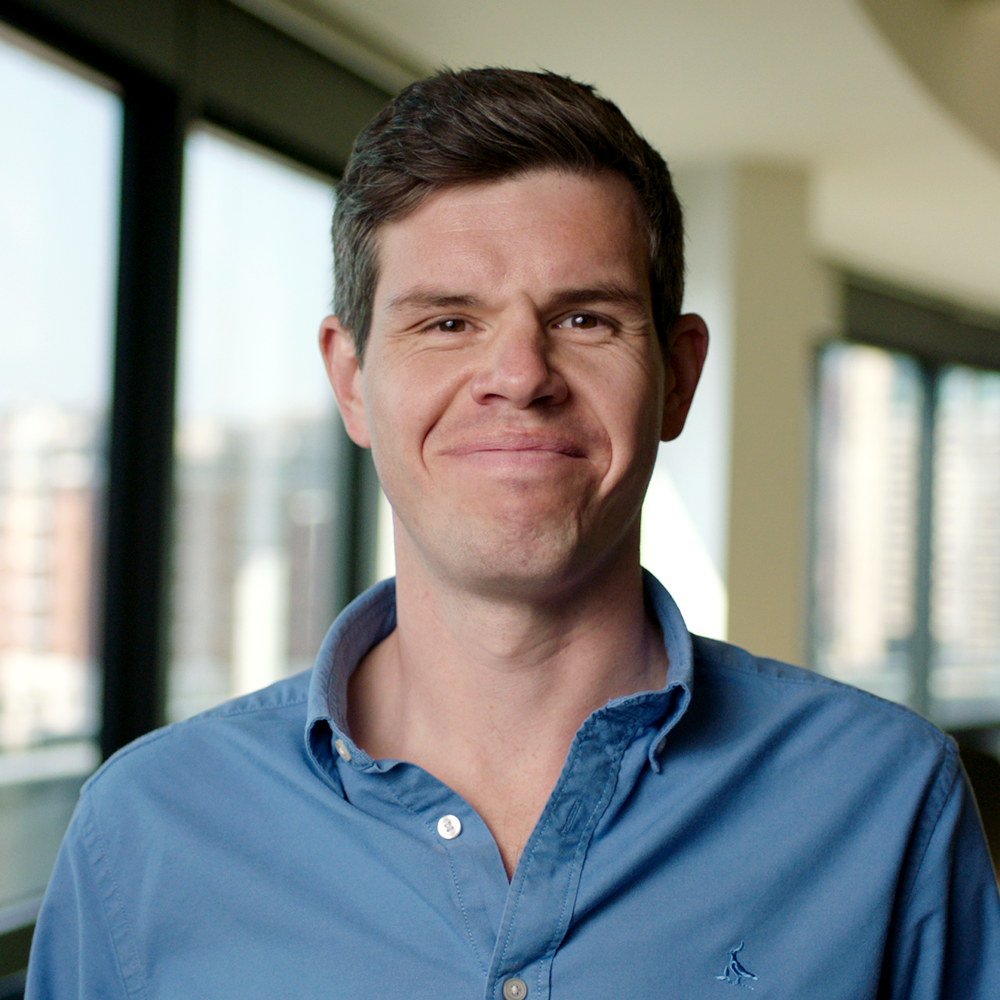
Charles Wren, the VP of Delivery Product and Global Operations, explained the complex data analytics and the behavioral economics at play:
"There are a whole range of different models that we use and systems which learn off each other and learn from the different data and prompts out there in the network to inform how we do all of this.”
There are numerous calculations, estimates, and models being run in the background. First, Deliveroo needs to ensure there are Riders on the road to accept orders, meaning they have to estimate the fleet needs at a certain time. If there aren’t enough Riders, the system automatically adds extra fees as an incentive.
Secondly, Deliveroo estimates how long the order will take to be prepared by the partner restaurant. The time estimate has to be as accurate as possible to avoid the Rider arriving too early (making the Rider wait at the restaurant) or arriving too late (customer delivery could be delayed and the food could get cold). “From the moment that you press order to the point at which the order is delivered to you, the app is automated.”
And lastly, the system has a travel time model to estimate how long the Rider is going to take to get from point A to point B, considering the time of day, vehicle type, and traffic conditions, and instantaneously presenting that information to the customer on the app.
Everything is, in one way or another, backed by technology. Different systems, learning, predicting, and synchronizing so that we get the food to the customer on time.”
The whole system is a number of rapid transactions, with tech models and behavioral economics keeping the engine running.
Charles shared a great insight that can apply to logistics leaders in any industry: “One translation of Deliveroo’s challenges for anyone working in logistics is how we solve the empty box problem, where transit of the empty box or truck after delivery costs time, money, and a carbon footprint. The number of transactions and the algorithms in their dispatch system, paired with financial incentives for Riders, enable Deliveroo to reduce the empty box problem as much as possible: by linking up consumers, Riders, and partners as efficiently as possible.”
MEET FRANK
The dispatch system powered by machine learning
Before I introduce you to Frank, I’d like to introduce you to Mahana Mansfield. She’s the VP of Science at Deliveroo, running multiple teams that cover machine learning engineering, data science, data analysis, analytics engineering, and data management, united by the mission to “enable the highest quality human and machine decision-making.”
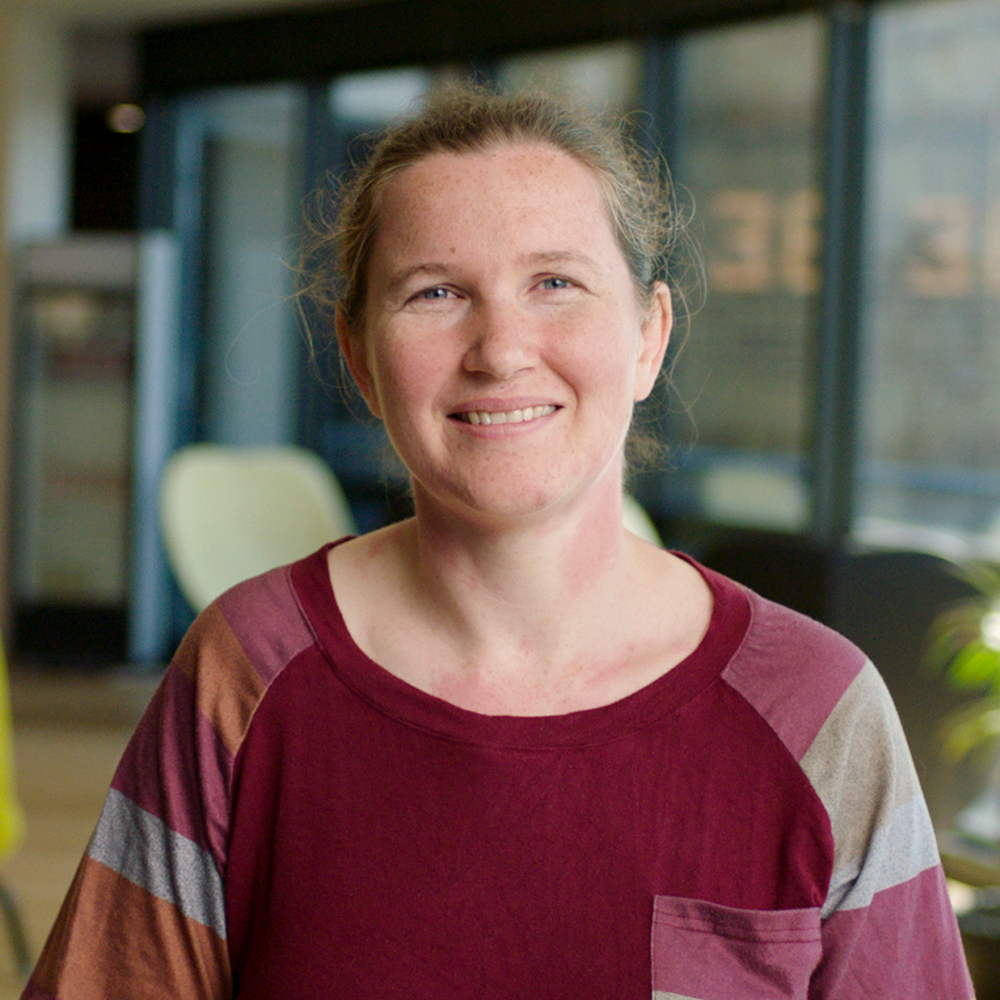
Mahana is all about scaling decision-making.
“We use data to advance on the spectrum from decisions made via intuition and guesses, through to data-informed decision-making, to scaled decision-making where we can.”
This is most critical for enabling their dispatch system, which they call Frank.
“Frank is our software, which offers the right Rider the right order at a particular point in time. Right back at the beginning of Deliveroo, we had humans with spreadsheets doing this role. Over time, we learned what was important, and we scaled this. So now we have our dispatcher doing hundreds of thousands of calculations all the time to really scale this and allow us to scale our business. Orders are offered to Riders, and they can accept or reject — it’s totally up to them.”
FASTER AND SMARTER
Behind the scenes at Deliveroo HOP
After visiting headquarters, we got to stop by a Deliveroo HOP location on New Oxford Street in Central London. Deliveroo HOP is a dark store that fulfills customer grocery orders which are received either via the app or the in-store kiosk. Orders are delivered by Riders or picked up by customers directly from the counter.
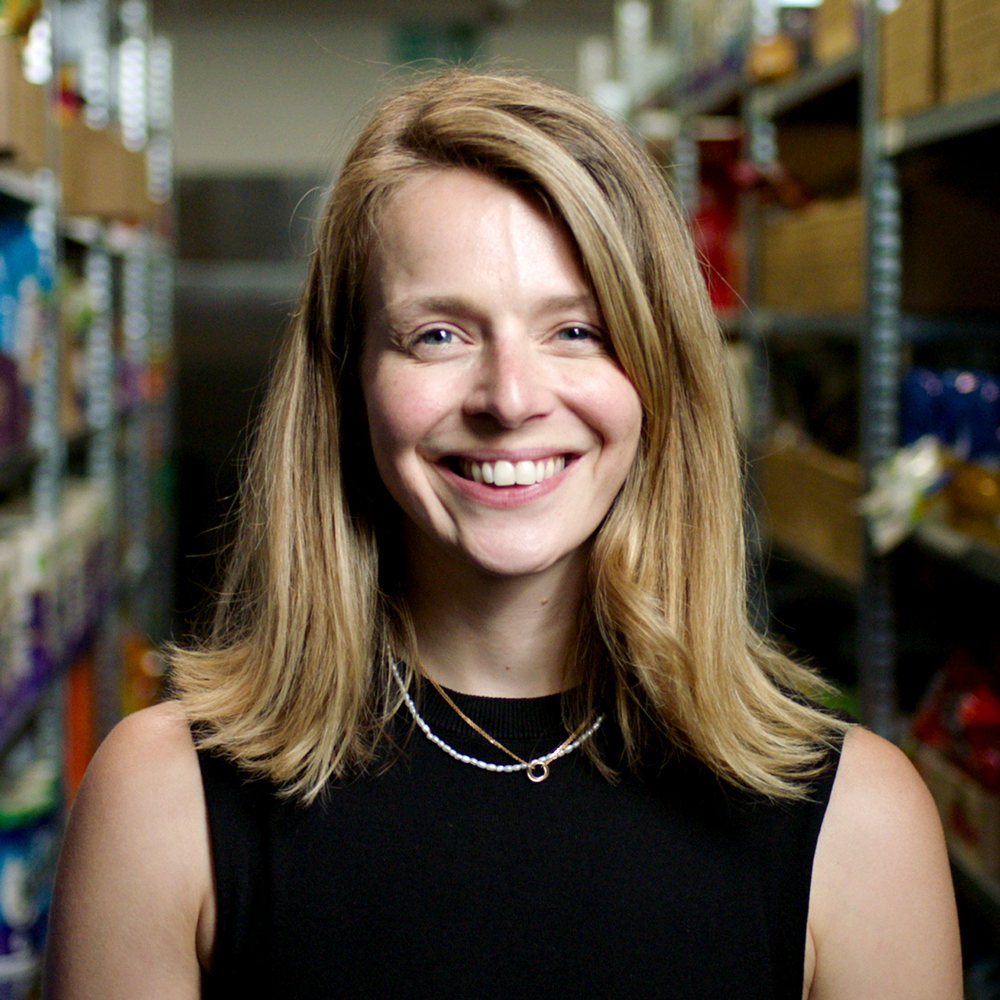
Suzy McClintock, VP of Grocery and Retail at Deliveroo, gave us a behind-the-scenes look at the store operations and the technology that underpins it.
As with their delivery operations, the main advantage here is speed. Deliveroo analyzes the right mix of goods to purchase from their grocery inventory to meet the needs of the customers in the delivery radius. Products are scanned when being stocked and placed in an order basket, enabling real-time inventory visibility and reducing the challenges of customers ordering a product that isn’t available.
The orders are packed up in under two minutes. Because Deliveroo has visibility into grocery order fulfillment, Riders can pick up orders with little to no wait time and deliver them in less than 20 minutes from when the order was placed. It’s an extremely efficient operation with a ton of technology and data science at play. Suzy explained this in more detail:
I think we’re really fortunate in that the business is relatively new, so we could kind of build it from the ground up with the current technology that’s available.”
“So everything from the warehouse management system that we use, the picking technology that we use, a forecasting model that forecasts at an SKU level, which I think people reading this will understand that that's relatively difficult, particularly when you have a new business.
“We obviously have the delivery platform technology that we plug into, and we do that in a really specific way because we know how long we take to pick orders at this site. We actually plug in at a different point to your typical restaurant so that we call the Rider before the order's finished being picked because we know that it's going to be picked in time.”
DATA-DRIVEN CULTURE
Encouraging experimentation and data-driven thinking
What Deliveroo is doing is important, but the Zero100 Community also cares about how they get it done.
Three things are at the heart of Deliveroo’s DNA: a heavy focus on customers and customer behavior, a data-driven approach to decision-making, and a culture of experimentation.
Firstly, customer obsession. Decisions are constantly being evaluated on their ability to improve the experience of their customers across the three sides of the marketplace. Charles provided a great illustration of this at play for the Deliveroo Rider network:
“We have various things to make sure we get that positive handover between the customer and the Rider. For example, we show Riders areas of a given city and how busy we think they are. If they’re particularly busy, we increase fees on every order by some amount and, on any given order, we show Riders how much they’ll earn.”
Data-driven decision-making is another fundamental value relating to how the Deliveroo teams do the work. Both questions and answers arise from the vast amounts of data generated from transactions across their digital marketplace.
One example is the analysis conducted to optimize the Deliveroo HOP store we visited. Given the limited footprint of the dark store, Deliveroo must be extra mindful about the products they choose to carry at each location. Analysis of customer activity at the New Oxford Street location revealed that most grocery deliveries were not to a customer’s primary home address but to a secondary address in their profile or scheduled for pick-up. Customers were more often working near the HOP location and bringing groceries home with them. The Deliveroo team has made use of that information and is now adding more ready-to-eat foods that can appeal to the office workers frequenting the location.
Beyond standard data analysis, machine learning has the capability to improve and hasten decisions across the organization.
Mahana’s machine learning teams are not siloed within a data science or operations category; they also support functions like marketing and finance, bringing machine learning and data-driven decision-making power to teams across Deliveroo.
This has massive implications for digital talent, especially for supply chain leaders. In Zero100’s forthcoming Rewired 2030 report, we found that 48% of Chief Supply Chain Officers discuss top talent weekly, and yet only 17% believe they are ahead of their competition in recruiting for tomorrow. Further analysis has revealed a strong correlation between a supply chain’s digital maturity and its leading position in talent. Many supply chain leaders are hungry to bring digital capabilities and IT within their own organizations, and the shared service model at Deliveroo is a great example of one approach to empower various teams, including supply chain, with machine learning firepower.
When it comes to Deliveroo’s third key value of experimentation, Devesh explained how they utilize technology to keep a pulse on the customer’s real-world experience, with the aim of failing faster and cheaper:
"When you are innovating and defining the future, there's no playbook for you to apply. And in that case, you have to experiment a lot. You have to try out new things rapidly. And when you are experimenting a lot, by definition, you will have a lot of failures. And the way I think about that is it's not about the failure itself, it's about the learnings from those failures, and how can you make sure that you are able to fail faster and cheaper?
We use a lot of our forecasting in machine learning models to try things virtually… then we experiment in real life to try those things faster.”
“And the way we do that is we use a combination of things. The first is that we use a lot of our forecasting in machine learning models to try things virtually. That's one. Then we experiment in real life to try those things faster.
“And in addition to that, we also do a lot of primary research. By primary research, I mean spending time with our end customers to really understand how they're experiencing our products. So as the world is getting more and more automated, and we are using more and more AI and machine learning tools, it is very important to balance quantitative research with qualitative research: doing primary research, spending time with your end customer, and bringing the empathy back to these models and algorithm so that we can have best of both the worlds.
“By using these three things, we are able to try out things faster and cheaper.”
TAKEOUT TAKEAWAYS
Insights for the Zero100 Community
Invest in machine learning to accelerate better decision-making
Mahana encouraged Zero100 supply chain leaders not to be afraid of AI and machine learning technology but to lean in to apply it where it can help. One important consideration was discerning where you want computers versus humans making decisions:
“Computers are really good at making repeatable, standardized decisions that are all the same and are all trying to achieve the same goal, the same inputs and outputs. Humans are really good at things like subjective decision-making or building relationships. One example of what humans are always better at and what computers can never do is building really good relationships with our partners. So, for example, our account managers who work very closely with our partners day to day, forming that relationship and getting to know them as individuals and knowing their business as individuals is something that a computer could never do.”
Increase data visibility across your supply chain
The reason Deliveroo HOP works so fast is because of Deliveroo’s visibility into precise, real-time inventory at each store. Supply chain leaders are already on the road to increasing digital visibility across their own supply chains, but it’s an important lesson to find partnerships that can provide further visibility that can improve operational efficiency.
Embed data-driven decision-making and experimentation into your team culture
The entire Deliveroo team I interviewed spoke in a common language, even across their individual interviews. The culture of data-driven decision-making shapes how leaders explain their work, and the focus on experimentation inspired a sort of appetite in their leaders to constantly invent and reinvent. It’s worth asking if these are values you care about and how you can similarly foster them in your own team.
Deliveroo’s fast-moving, hyper-local delivery business has applications for operations and logistics leaders across various industries. Their focus on advancing digital technology capabilities, coupled with a data-driven and experimental culture, is a powerful combination that can accelerate our community’s path to Zero100 supply chains.
Hungry for more?
Check out extended interviews in the companion podcast episode:
About the Author

Mike Silverman
Research Director, Zero100
Mike Silverman is a Research Director at Zero100, creating research and content for our community. A former journalism nerd and recovering management consultant, he found his groove doing research and content at L2 and with Scott Galloway. He also led the DTC Labs data-driven strategy practice at Barbarian before joining the epic team at Zero100. He holds a BA from Emory University and an MBA from NYU Stern School of Business.
